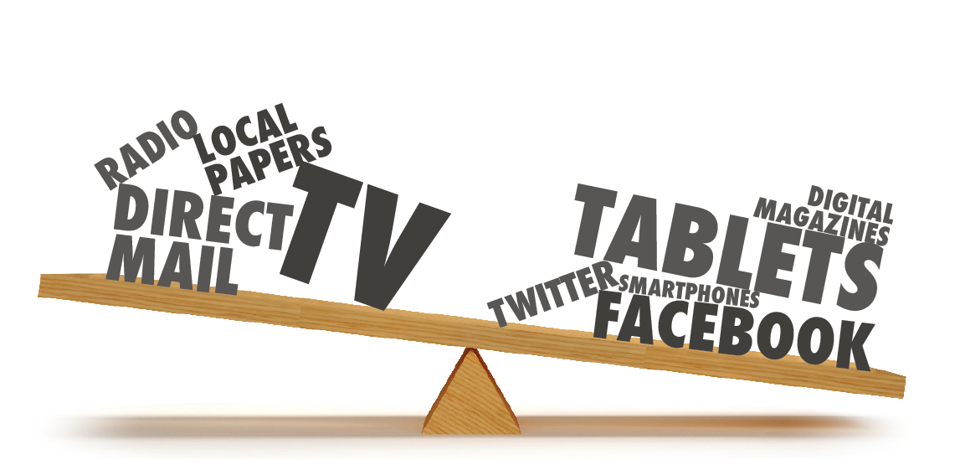By Debbie Kirlew
Given the seeming dominance of digital media, you could be forgiven for thinking it is the only way to approach your marketing. However, dealers and suppliers agree that while online content and social media are critical, it is also imperative that other mediums are not ignored as consumers will utilise a variety of channels.
Such an interwoven approach may be ideal, but it can be problematic demanding a complicated yet continuous and unbroken communications strategy which customers expect to be tailored to their individual needs.
Switching communications methods to suit the customer
Marketing Delivery managing director Jeremy Evans said: “Often a customer will want to receive a service reminder by email and make the booking by phone, but if something goes wrong, they will probably take to social media to vent their displeasure.”
Customers will even switch communication methods on the same device, using a smartphone to surf the internet, check in on Facebook, read and send emails, and talk.
Evans cited data from Capgemini that shows most customers prefer to receive MoT and service reminders by email. However, when it comes to making the booking, Marketing Delivery’s own analysis reveals 90% want to be contacted by telephone to highlight particular concerns or ensure certain additional services are also incorporated. “It makes pushing online service booking not only irrelevant, but a potential turn-off for the majority of service customers,” said Evans.
“However, there are those who do want to book using this method, so it needs to be incorporated.”
Using new media to augment traditional channels
Most customers do not want to receive a call to remind them to book their service or MoT, but a call following an email reminder is much better received and has a higher conversion rate.
“It’s about traditional methods of communication and new media working together to suit customer requirements,” said Evans.
Marshall Motor Group’s group commercial director Chris Sheppard concedes the depth of measurement can make digital ‘addictive’. Analysis of live digital campaigns allows Marshall to tweak messages to further drive responses, but the group also combines offline marketing, planned weeks in advance, with its digital presence.
“Digital allows us to be so much more agile. If we’re not getting the level of response we want, we can adjust the offer to help increase enquiries,” said Sheppard.
“We need to measure our return on investment (ROI) and with digital, it’s very easy. It’s more difficult to calculate the success of the money spent on traditional media like television, radio, magazines or any other offline medium.














Login to comment
Comments
No comments have been made yet.